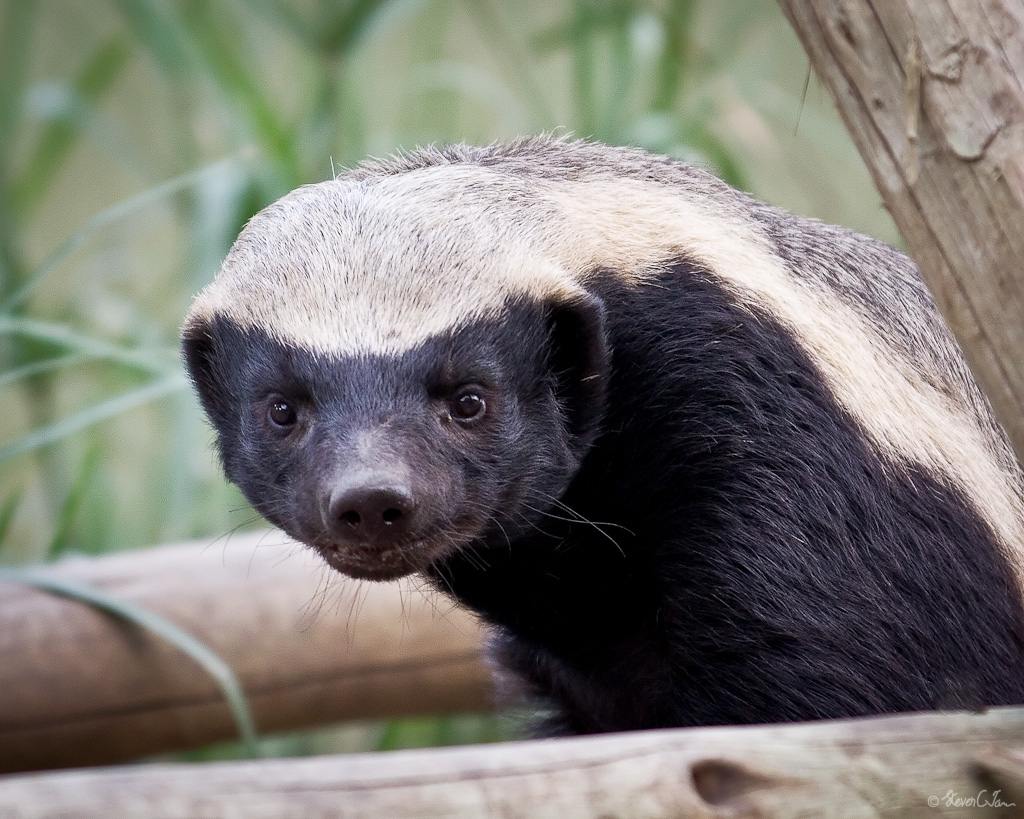The honey badger, also known as the Mellivora capensis, is a small but ferocious mammal that is native to Africa, the Middle East, and the Indian subcontinent. Despite its small size, the honey badger is known for its fearless and aggressive nature, making it one of the most dangerous animals in the world.
Physical Characteristics

The honey badger is a small animal, measuring only about 2 to 3 feet in length and weighing around 25 to 35 pounds. It has a stocky build with short legs and a broad head. The honey badger's fur is coarse and ranges in color from gray to brown, with a distinct black and white stripe running down its back.
One of the most unique features of the honey badger is its skin. The honey badger's skin is incredibly thick and loose, allowing it to twist and turn in ways that would be impossible for other animals of its size. This makes it difficult for predators to get a firm grip on the honey badger, which can be a lifesaving advantage in a fight.
Diet and Hunting Habits

The honey badger is a true omnivore, meaning that it eats both plants and animals. Its diet includes insects, small mammals, reptiles, birds, and even fruit and honey. The honey badger is known for its tenacity when it comes to hunting, and it will stop at nothing to catch its prey.
One of the honey badger's most impressive hunting techniques is its ability to dig. The honey badger has powerful claws and can dig through hard-packed soil and even concrete. This allows it to catch prey that other animals cannot reach, such as burrowing rodents.
Behavior and Temperament

The honey badger is known for its aggressive and fearless nature. It is unafraid to take on animals much larger than itself, including lions and hyenas. The honey badger's thick skin and tenacity make it a formidable opponent, and it will fight to the death if necessary.
The honey badger is also known for its high intelligence. It is capable of solving problems and has been observed using tools in the wild. The honey badger is also highly adaptable and can survive in a variety of environments, from the savannah to the desert.
Conservation Status

The honey badger is listed as a species of "least concern" by the International Union for Conservation of Nature (IUCN). This means that the honey badger is not currently considered to be at risk of extinction. However, the honey badger's habitat is threatened by human development, and its numbers are declining in some areas.
Despite its fierce reputation, the honey badger is a fascinating and complex animal. Its intelligence, adaptability, and tenacity make it one of the most unique creatures in the animal kingdom.